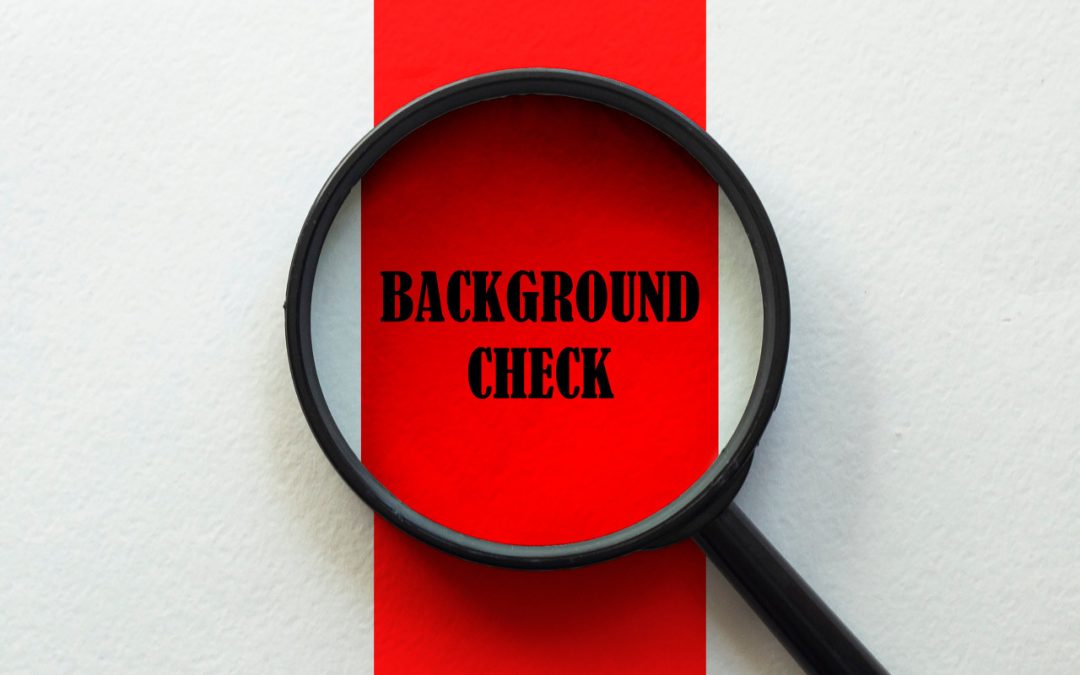You don’t need a crystal ball to understand the hiring risks in 2025.
If you’re bringing someone new onto your team, you know how much rides on that decision. One bad hire can ripple across your entire company, from morale to safety to brand reputation. That’s why employment background checks are still one of the most practical tools companies use to reduce that risk. But how you run these checks and what matters in them has evolved.
Hiring today is not the same as hiring five years ago.
This post will walk you through everything that matters in a 2025 employment background check. Whether you’re reviewing your current process or building one from scratch, you’ll walk away knowing what to check, why it matters, and how to approach it in a way that protects your people and your business.
What Is an Employment Background Check, Really?
A background check is a way to verify the information a job candidate gives you and to learn anything else that may affect your hiring decision. But in 2025, the conversation around background checks has expanded. Companies are now under tighter compliance rules, face increasing pressure to avoid bias, and must adapt to changing laws at the state and federal levels. For example:
- New privacy laws in states like California restrict how long some data can be held
- “Ban the Box” policies are now active in more than 35 states
- Marijuana-related offenses are often excluded from consideration due to legislative reform
Background checks aren’t just about red flags anymore. They’re about context.
What Should Be Included in a 2025 Background Check?
Here are the core components most companies request during a pre employment background check:
- Criminal History: Local, state, and federal records. Be sure you’re following EEOC guidance and FCRA regulations.
- Employment Verification: Confirm job titles, dates, and sometimes the reason for leaving.
- Education Verification: Make sure degrees or certifications are real.
- Identity Check: Verify the person is who they say they are.
- Drug Screening: Varies by industry and location.
- Driving Records: Especially for roles involving transportation or field work.
- Credit Reports: Typically for financial or executive roles, with strict rules.
Pro Tip: Always get written consent from the candidate. It’s not just best practice. It’s the law.
What’s Changed in 2025?
If you’re still using the same background check protocol from five years ago, you could be missing something. Here’s what’s different in 2025:
- Speed vs. Accuracy: Fast results matter, but not at the expense of accuracy. Some providers now use AI for quicker screenings, but always have a human in the loop.
- Global Checks: More businesses are hiring internationally. You may need international criminal or education verification.
- AI Bias Audits: If your hiring platform uses any kind of automated decision-making, it could be subject to bias audits under new rules.
- Social Media Reviews: Some companies request reviews of public online behavior, but this comes with legal risk if done poorly.
The biggest shift? More candidates are aware of their rights.
Why Timing Matters More Than Ever
The timing of your pre employment background check makes a difference. Some companies run checks after making an offer. Others use a conditional offer. What matters is that you:
- Get clear consent
- Follow the same timing for all applicants
- Leave room to take lawful action if something concerning shows up
Pick a policy, write it down, and stick to it.
Conclusion
The tools may have changed, but the goal hasn’t.
A smart employment background check process helps protect your company, your people, and your reputation. It shows that you take hiring seriously and care about who joins your team. That still matters in 2025.
If you’re not sure whether your current system is keeping up with legal trends or hiring risks, it might be time to review it with an expert.
Your next great hire deserves a better background check.
To know more about the dos and don’ts of background screening, check out this blog post.
